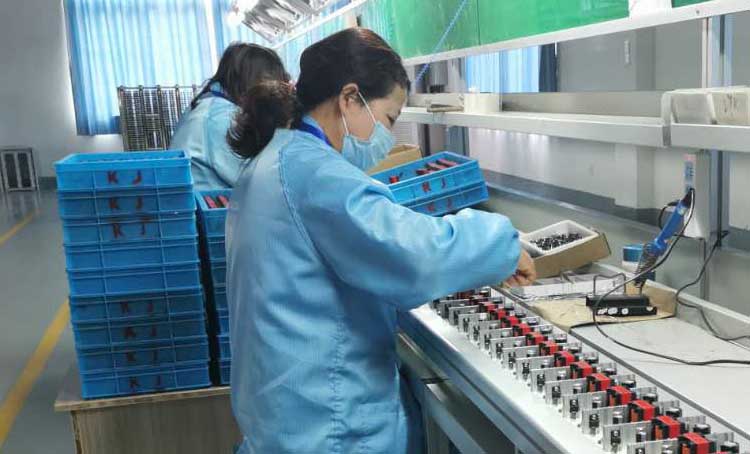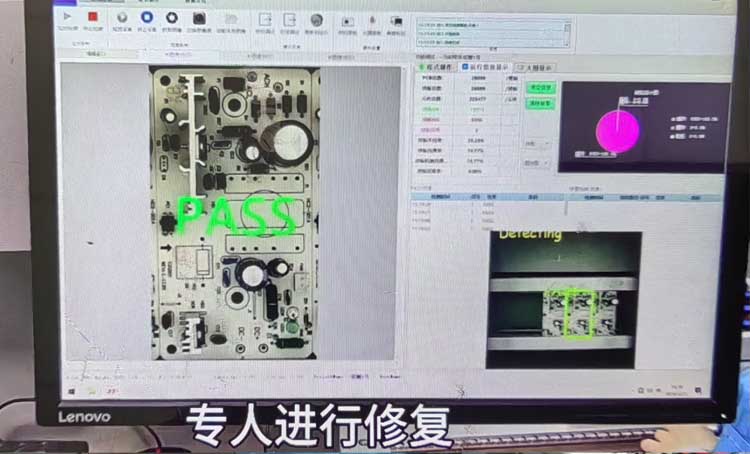How is a battery charger made?
Unveiling the Manufacturing Journey of Electric Bicycle Chargers: From Shell to Finished Product
As electric bicycles become increasingly popular, a stable and efficient charger has become crucial for ensuring riders' safe travel. But do you know how such a small yet powerful charger is created? Today, let's delve into the world of electric bicycle charger manufacturing and explore its journey from start to finish.
1. Shell Injection Molding: Solid Exterior for Inner Protection
The manufacturing of every charger shell begins with precision injection molding. High-quality plastic material is used, melted at high temperatures, and injected into a precisely designed mold, cooling to form a sturdy shell. This process requires not only top-notch materials but also strict control over mold precision and injection molding techniques to ensure the shell's durability and protection for internal components.
2. Component Insertion: Precision Assembly of Internal Components
Once the shell is made, the next step is component insertion. This involves precisely inserting various electrical components, such as transformers, rectifiers, and filters, onto the PCB board inside the shell according to the designed circuit diagram. Strict control over the insertion position, angle, and pressure of these components is necessary to ensure circuit stability and safety.
3. Wave Soldering: An Artistic Display of Welding Technology
After component insertion, wave soldering comes into play. Wave soldering is an efficient welding technique that utilizes molten solder to form a wave that contacts the PCB board with components, securely welding them together. This step requires strict control over welding parameters such as temperature, time, and speed to ensure welding quality while avoiding component damage.
4. Inspection: A Crucial Step in Quality Control
After wave soldering, the charger is initially completed but not ready for market. It must undergo rigorous inspection. Inspectors thoroughly check the charger's appearance, performance, and safety aspects to ensure it meets relevant standards and requirements. Only chargers that pass these inspections can proceed to the next step.
5. Testing: A Real-World Performance Validation
After inspection, the charger undergoes a series of tests. These include charging efficiency tests, voltage stability tests, overheat protection tests, and more, to verify the charger's various performance indicators. Only chargers that pass these tests can ensure outstanding performance and a stable, safe charging experience for users.
6. Assembly: The Final Step in Creating the Finished Product
After the above steps, the charger is almost complete. However, to make it more convenient for users, final assembly is necessary. This involves connecting the charger to accessories such as power cables and plugs, as well as cleaning and tidying up the appearance. Finally, a beautifully crafted and performance-oriented electric bicycle charger is born.
Through this introduction to the manufacturing process, we hope you have gained a deeper understanding of how electric bicycle chargers are created. The birth of every charger is a testament to the wisdom and hard work of manufacturers. Let's applaud these dedicated manufacturers and feel proud to choose a quality electric bicycle charger for ourselves!
- Why can lithium batt…
- battery charger comp…
- How is a battery cha…
- tyd 84v 16A lithium …
- tyd 84v 5a lithium i…






